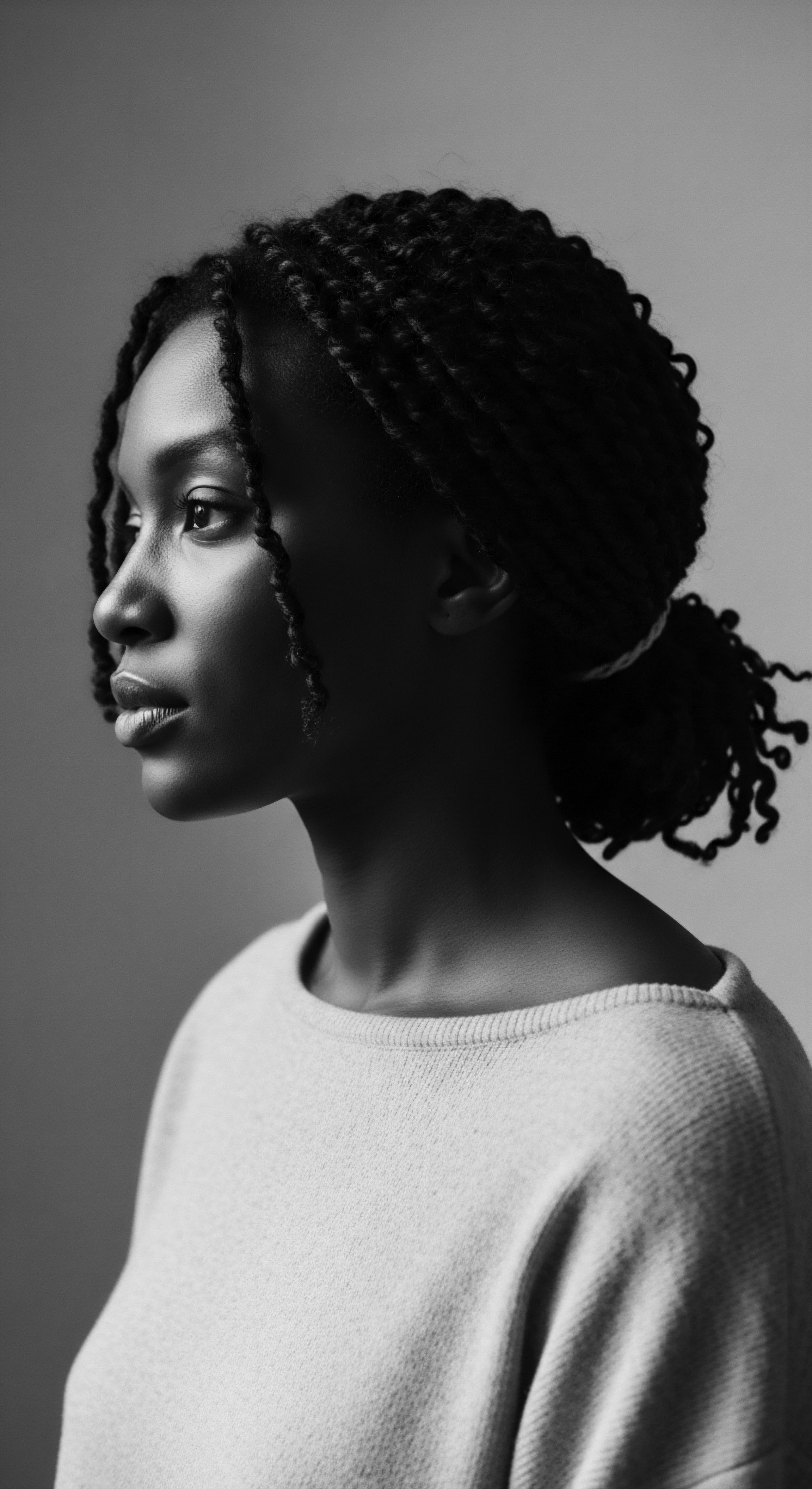
Can traditional nightly rituals explain current textured hair protection?
Nightly hair rituals from ancestral practices explain current textured hair protection by reducing friction and maintaining moisture.

What traditional West African practices bolster the growth cycle of textured hair?
Traditional West African practices bolster textured hair growth through protective styling and nourishing botanical applications.
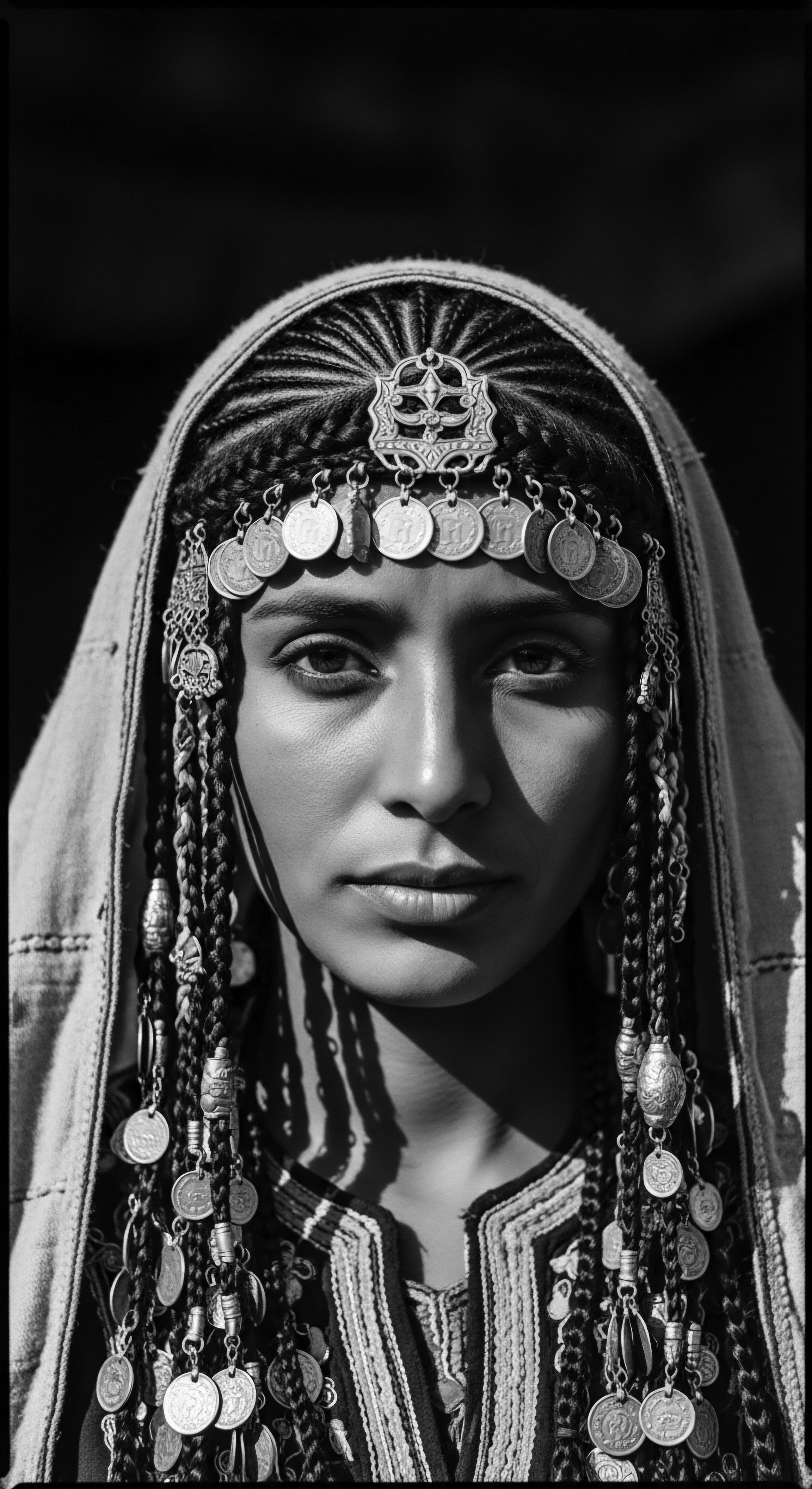
What ancient African practices protect textured hair from breakage?
Ancient African methods protected textured hair through low-manipulation styles and natural ingredients, honoring ancestral hair heritage.

How does botanical wisdom protect textured hair’s moisture balance?
Botanical wisdom, rooted in inherited practices, safeguards textured hair's moisture balance by offering natural humectants, emollients, and occlusives.

What traditional methods beyond wrapping protected textured hair overnight?
Beyond wrapping, traditional textured hair care involved consistent styling, specialized oiling, and communal rituals for ongoing protection.

What ancient tools shaped textured hair care routines for centuries?
Ancient tools like wide-toothed combs and threading materials adapted to textured hair’s unique biology, reflecting deep cultural heritage.

What historical styling methods continue to influence modern textured hair fashion?
Historical styling methods, rooted in diverse African traditions, continue to shape modern textured hair fashion through enduring protective techniques and ancestral care philosophies.
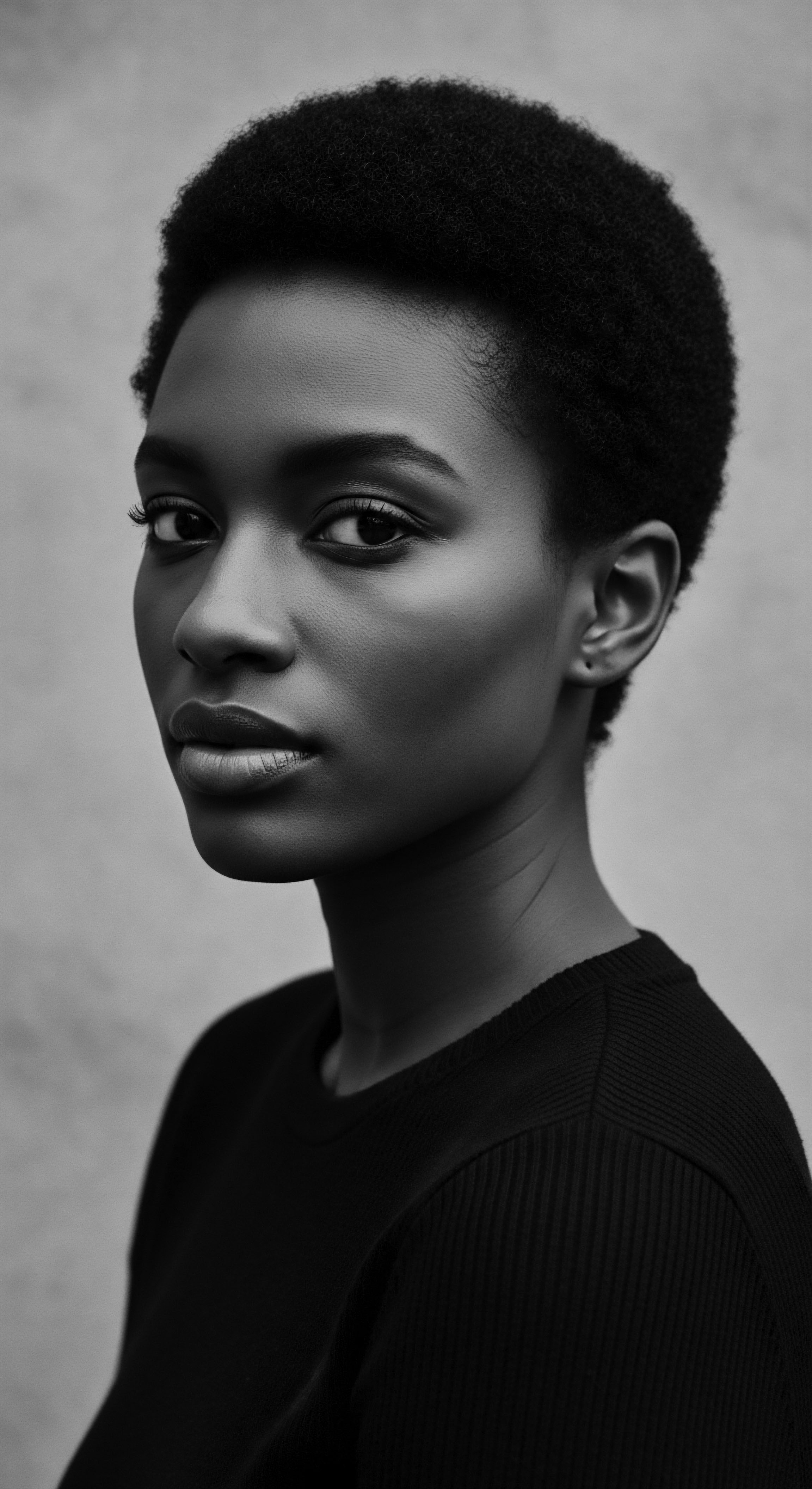
How do traditional styling tools relate to African diaspora heritage?
Traditional styling tools are tangible links to ancient African hair traditions, serving as cultural artifacts and symbols of enduring identity.

What traditional African hair tools were used for specific textures?
Ancestral African communities used various tools like wide-tooth combs, threading, and natural elements specifically for textured hair.

How do traditional North African styling tools relate to modern textured hair care?
Traditional North African styling tools offer a heritage-rich foundation for modern textured hair care, connecting ancient wisdom with contemporary needs.

What ancient protective styles still influence textured hair regimens?
Ancient protective styles influence textured hair regimens by providing a heritage of foundational care, techniques, and tools rooted in ancestral wisdom.

Which traditional African hair practices supported textured hair growth?
Traditional African hair practices centered on moisture retention, scalp health, and protective styling to support textured hair's natural length.

What historical techniques for textured hair care promoted length?
Historical techniques for textured hair care promoted length primarily through protective styling, moisture retention, and gentle manipulation, all deeply rooted in ancestral heritage.

How did historical threading protect textured hair?
Historical threading protected textured hair by physically encasing strands, reducing friction, and preserving moisture, a tradition deeply woven into cultural heritage.
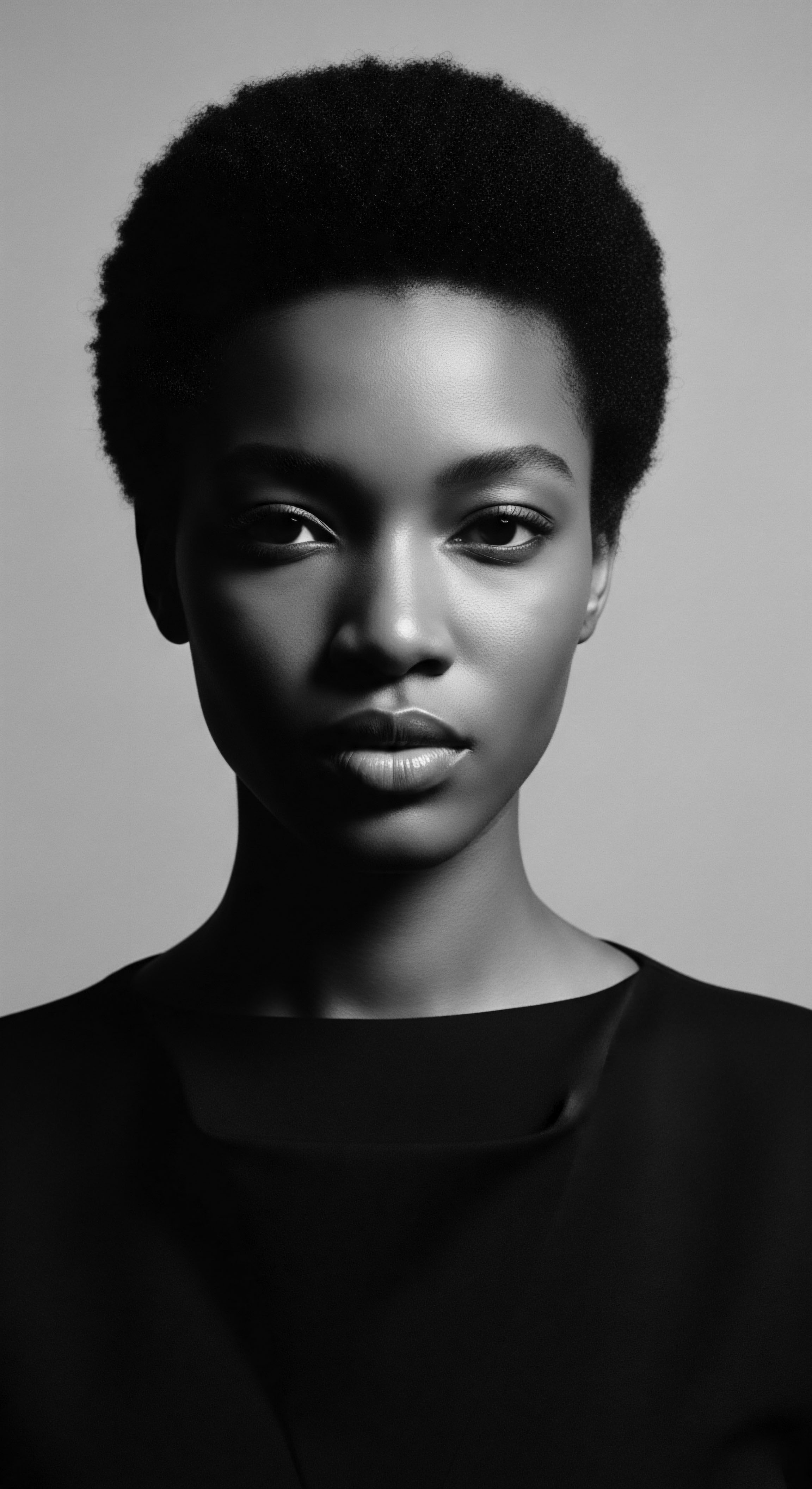
What traditional tools shaped textured hair heritage?
Ancient combs, natural fibers, and indigenous oils shaped textured hair heritage, serving as cultural artifacts and identity markers.

In what ways do historical hair tools speak to diasporic identity and heritage?
Historical hair tools reveal enduring diasporic identity and heritage through their connection to textured hair's biological needs, ancestral care practices, and cultural resistance.
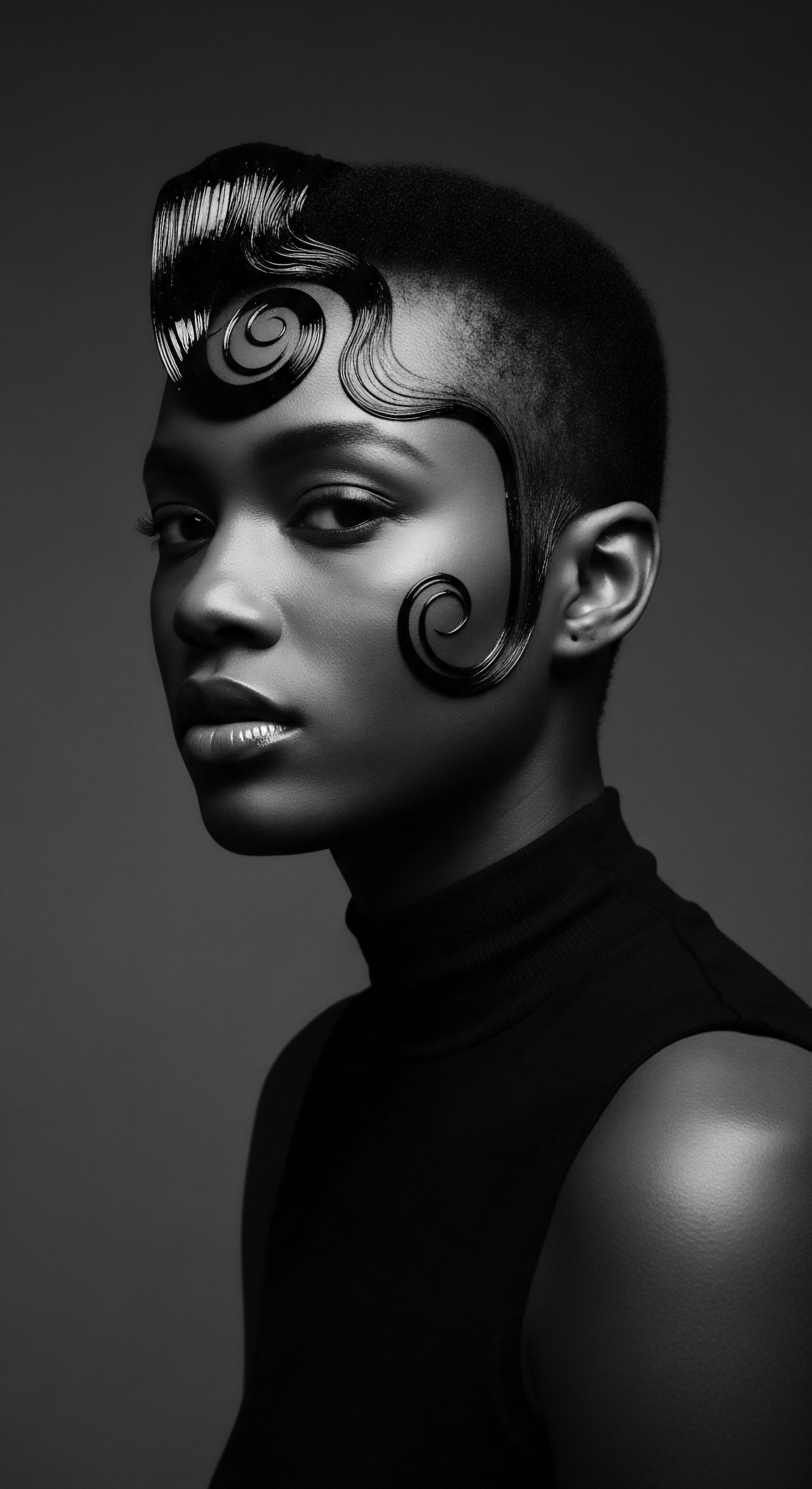
What is hair threading and its heritage connection?
Hair threading is an ancestral technique from Africa, wrapping natural hair with thread to protect, stretch, and celebrate textured hair heritage.

What early tools shaped textured hair care?
Early tools such as bone combs, wooden picks, and natural threads profoundly shaped textured hair care, deeply connecting to ancestral heritage.

What historical significance does hair threading hold for textured hair?
Hair threading holds historical significance by safeguarding textured hair, reflecting cultural identity, and preserving ancestral care wisdom.

What historical tools shaped African hair rituals and heritage?
Historical tools shaped African hair rituals by enabling protective styling, conveying status, and symbolizing cultural heritage.

